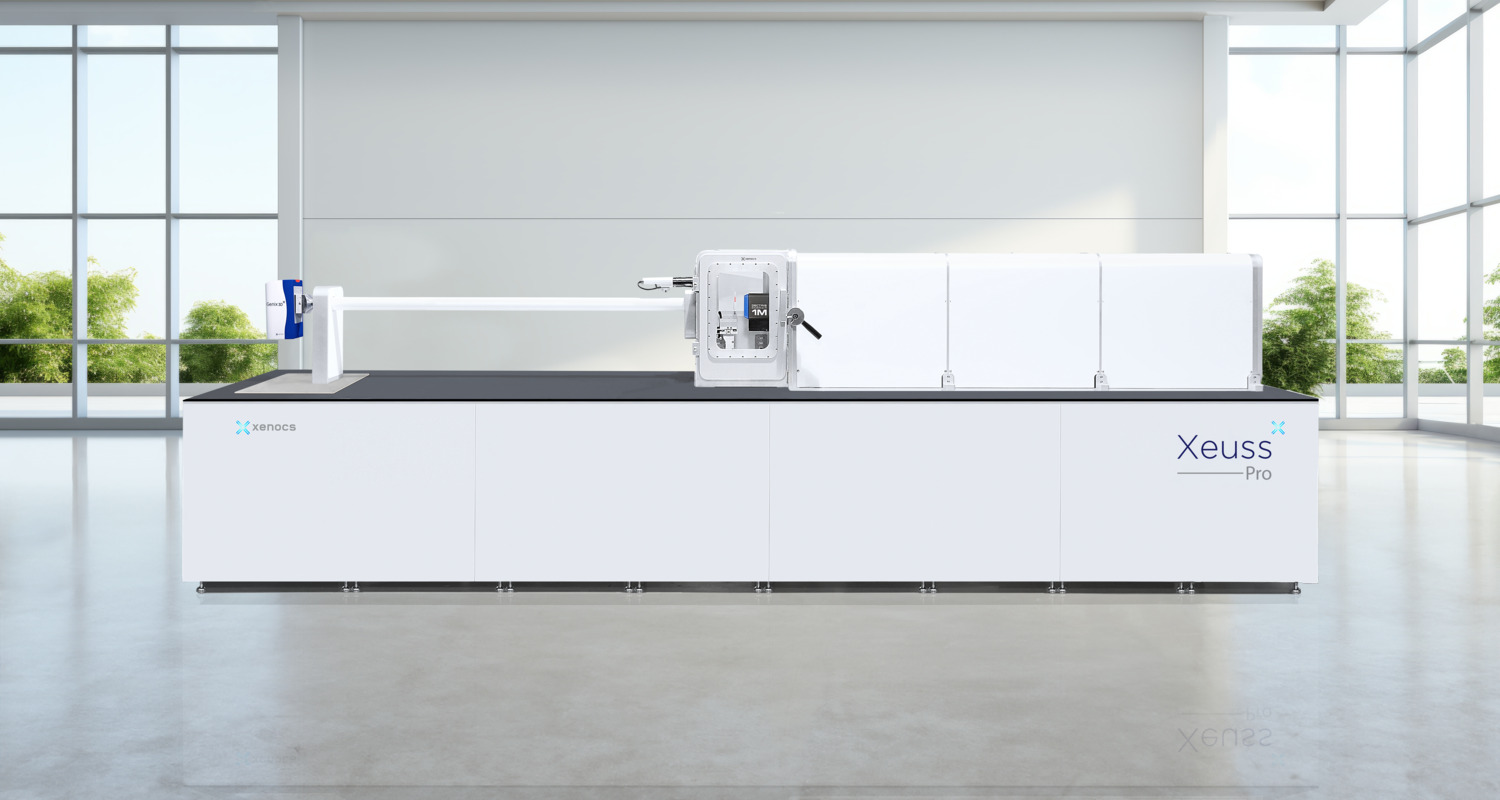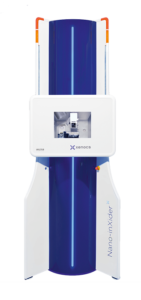Orientation analysis
Orientation analysis,
what is measured?
The information obtained here is the orientation of a scattering structure, such as crystalline lamellae or fiber axis with regards to a sample plane of reference (or machine direction for processed samples). Orientation parameters are extracted from the azimuthal distribution of intensities of a specific Bragg peak. In the case of a tensor approach method extracted parameters are the mean orientation angle and the degree of orientation obtained.
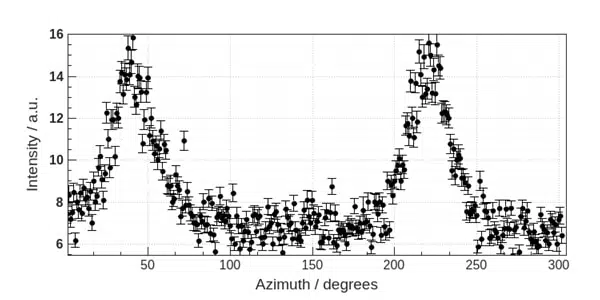
Figure 1. Azimuthal profile of the Q = 0.27 nm-1 Bragg reflection of a high density polyethylene. The mean orientation is found at 39.9° for a rate of 17% oriented scatterers.
Alternatively, Herman’s orientation factor, which is a moment of the complete orientation distribution function, can be calculated to access the orientation of the scattering plane.
Samples
Typical samples for this measurement are:
-
Textured materials
-
Nanostructured materials
-
Semi-crystalline polymers
-
Fibers
Methods & standards
Standards & methods used for tensor approach:
- David K. Cinader, Wesley R. Burghardt, “X-ray scattering studies of orientation in channel flows of a lyotropic liquid crystalline polymer”, Polymer, Volume 40, Issue 15, 1999, p. 4169-4180
Standards & methods used for Herman’s Orientation Factor:
- J.J. Hermans, P.H. Hermans, D. Vermaas, A. Weidinger, Quantitative evaluation of orientation in cellulose fibers from the X-ray fiber diagram, Recl. Trav. Chim. Pays- Bas 65 (1946) 427–447.
XSACT analysis software implements the above methods.
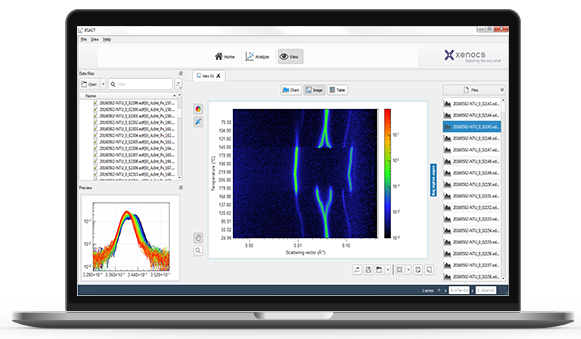
Why use SAXS or WAXS for nanostructure or molecular orientation analyses ?
Advantages of SAXS or WAXS for nanostructure or molecular orientation analyses:
-
SAXS or WAXS are non-invasive measurements
-
SAXS or WAXS can measure in opaque sample environments or probe all the volume within the X-ray beam
-
One can conduct dynamic studies in order to probe changes in orientation (direction and degree) induced by temperature and strain
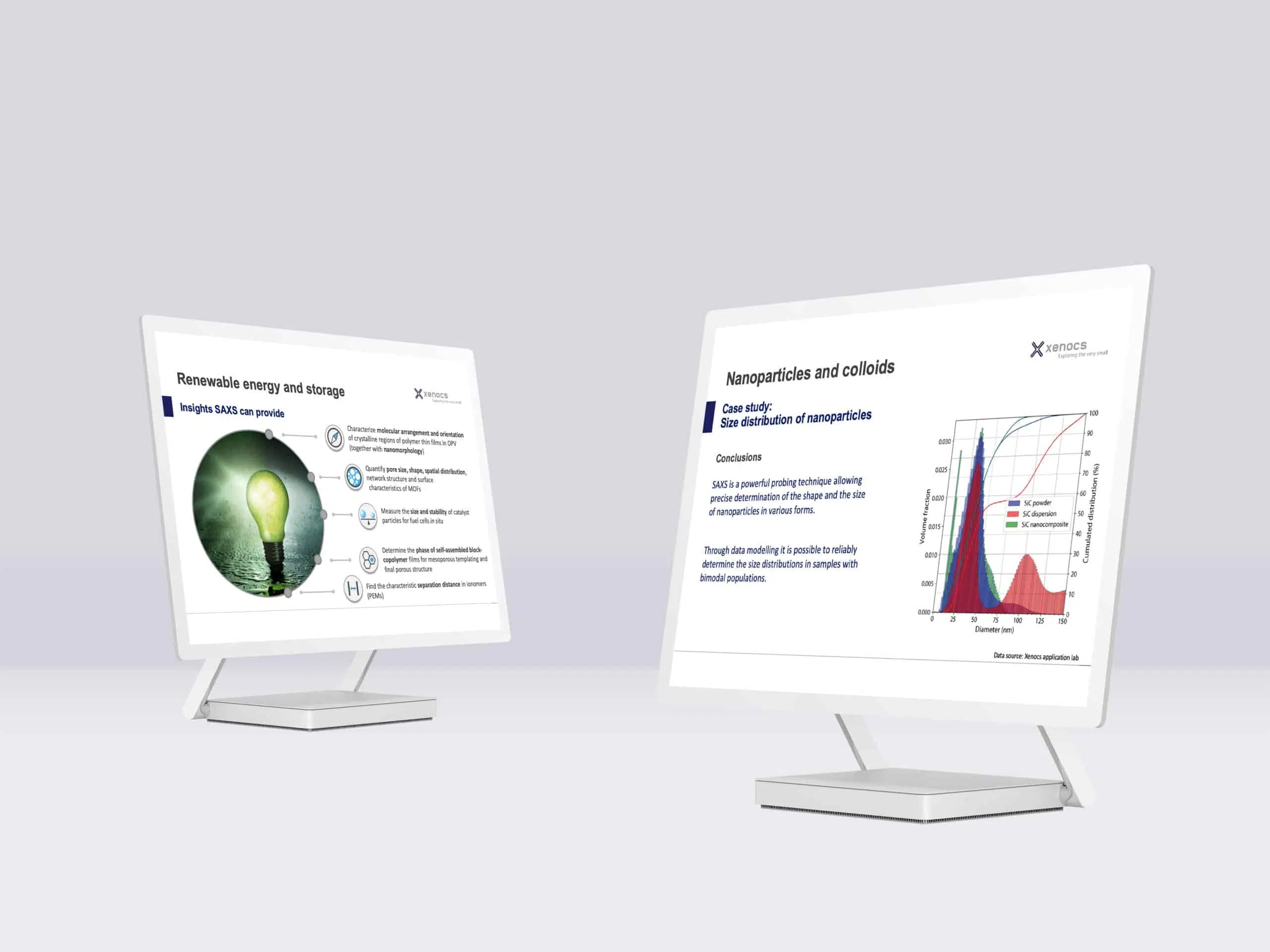
Products
All these measurements are possible directly in your lab.
Xeuss Pro
The Ultimate Solution for Nanoscale Characterization using SAXS/WAXS/GISAXS/USAXS/Imaging
